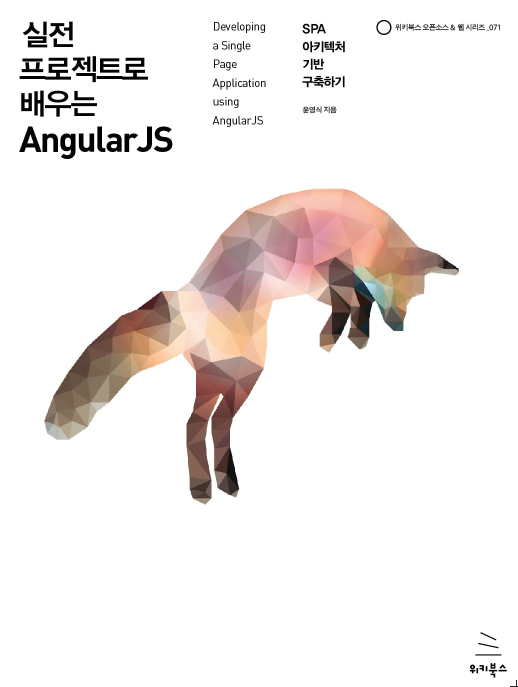Logistic Classification 강좌를 정리한다.
Regression vs Classification
- Regression: 숫자를 예측
- Classification: 정해진 카테고리를 정하는 것: Pass(1) 또는 Fail(0) 으로 판단한다.
ex) Spam Detection, Facebook feed, Credit Card Fraud Detection
Linear Regression에서 x값이 너무 커서 Output이 1보다 커지는 것을 방지하기 위해 H(x) 를 z로 놓고, g(z)의 결과가 0 ~ 1 사이에 수렴되는 것을 sigmoid(시그모이드) 함수라 하고, Logistic function 이라고도 한다.
수식은 다음과 같다.
New Cost function for Logistic Classification
기존 Linear Regression과 Sigmoid function을 적용했을 때의 모습
- 기울기가 평평해 지는 지점에서 멈춤. 그러나 sigmoid에서는 기존 cost function을 적용하면 울퉁 불퉁하므로 시작점에 따라서 종료점(최소) 구간이 틀려질 수 있다. 즉 training을 멈추게 된다.
따라서 Hypethesis를 변경했기 때문에 Cost function도 변경한다.
- y:1 일때 예측이 틀릴경우 즉 H(x) = 0이면 cost 는 무한대가 된다.
- y:0 일때 H(x) =0 이면 cost는 0이되고, H(x) = 1 이면 cost는 무한대가 된다.
즉 잘 못 예측되면 cost가 무한대로 커진다.
위의 수식을 y=0일때와 y=1일때 합치면 경사타고 내려가기인 그릇모양이 된다.
공식에 대한 구현 코드는 다음과 같다.
Logistic classifier를 Tensorflow로 구현하기
Y데이터 값으로 0 또는 1을 가지면 binary classification이다. None은 n개를 의미한다. (예제)
수식을 tensorflow 코드로 구현한다.
- placeholder를 만들고
- sigmoid (logistic) function 구현
- new cost function 구현
- GradientDescenOptimizer를 이용한 경사 내려가기 미분 구현
결과: 1=true, 0=false
import tensorflow as tf
import numpy as np
tf.set_random_seed(777) # for reproducibility
xy = np.loadtxt('data-03-diabetes.csv', delimiter=',', dtype=np.float32)
x_data = xy[:, 0:-1]
y_data = xy[:, [-1]]
print(x_data.shape, y_data.shape)
# placeholders for a tensor that will be always fed.
X = tf.placeholder(tf.float32, shape=[None, 8])
Y = tf.placeholder(tf.float32, shape=[None, 1])
W = tf.Variable(tf.random_normal([8, 1]), name='weight')
b = tf.Variable(tf.random_normal([1]), name='bias')
# Hypothesis using sigmoid: tf.div(1., 1. + tf.exp(-tf.matmul(X, W)))
hypothesis = tf.sigmoid(tf.matmul(X, W) + b)
# cost/loss function
cost = -tf.reduce_mean(Y * tf.log(hypothesis) + (1 - Y) *
tf.log(1 - hypothesis))
train = tf.train.GradientDescentOptimizer(learning_rate=0.01).minimize(cost)
# Accuracy computation
# True if hypothesis>0.5 else False
predicted = tf.cast(hypothesis > 0.5, dtype=tf.float32)
accuracy = tf.reduce_mean(tf.cast(tf.equal(predicted, Y), dtype=tf.float32))
# Launch graph
with tf.Session() as sess:
# Initialize TensorFlow variables
sess.run(tf.global_variables_initializer())
for step in range(10001):
cost_val, _ = sess.run([cost, train], feed_dict={X: x_data, Y: y_data})
if step % 200 == 0:
print(step, cost_val)
# Accuracy report
h, c, a = sess.run([hypothesis, predicted, accuracy],
feed_dict={X: x_data, Y: y_data})
print("\nHypothesis: ", h, "\nCorrect (Y): ", c, "\nAccuracy: ", a)
참조
'Deep Learning > NN by Sung Kim' 카테고리의 다른 글
| [Multinomial Classification] Softmax 실습 (0) | 2018.07.05 |
|---|---|
| [Mutinomial Classification] 개념 (0) | 2018.07.04 |
| [Linear Regression] Multi Variable 개념 및 실습 (0) | 2018.07.04 |
| [Linear Regression] Tensorflow를 이용한 Minimized Cost 실습 (0) | 2018.07.03 |
| [Linear Regression] Minimize Cost (0) | 2018.07.03 |









